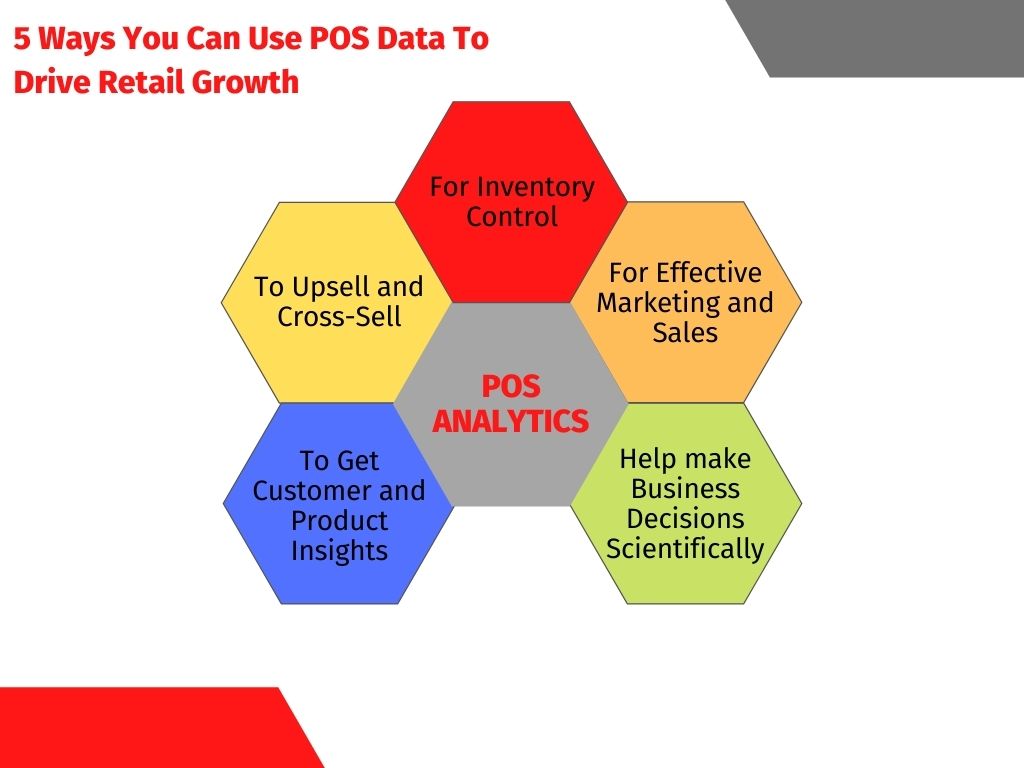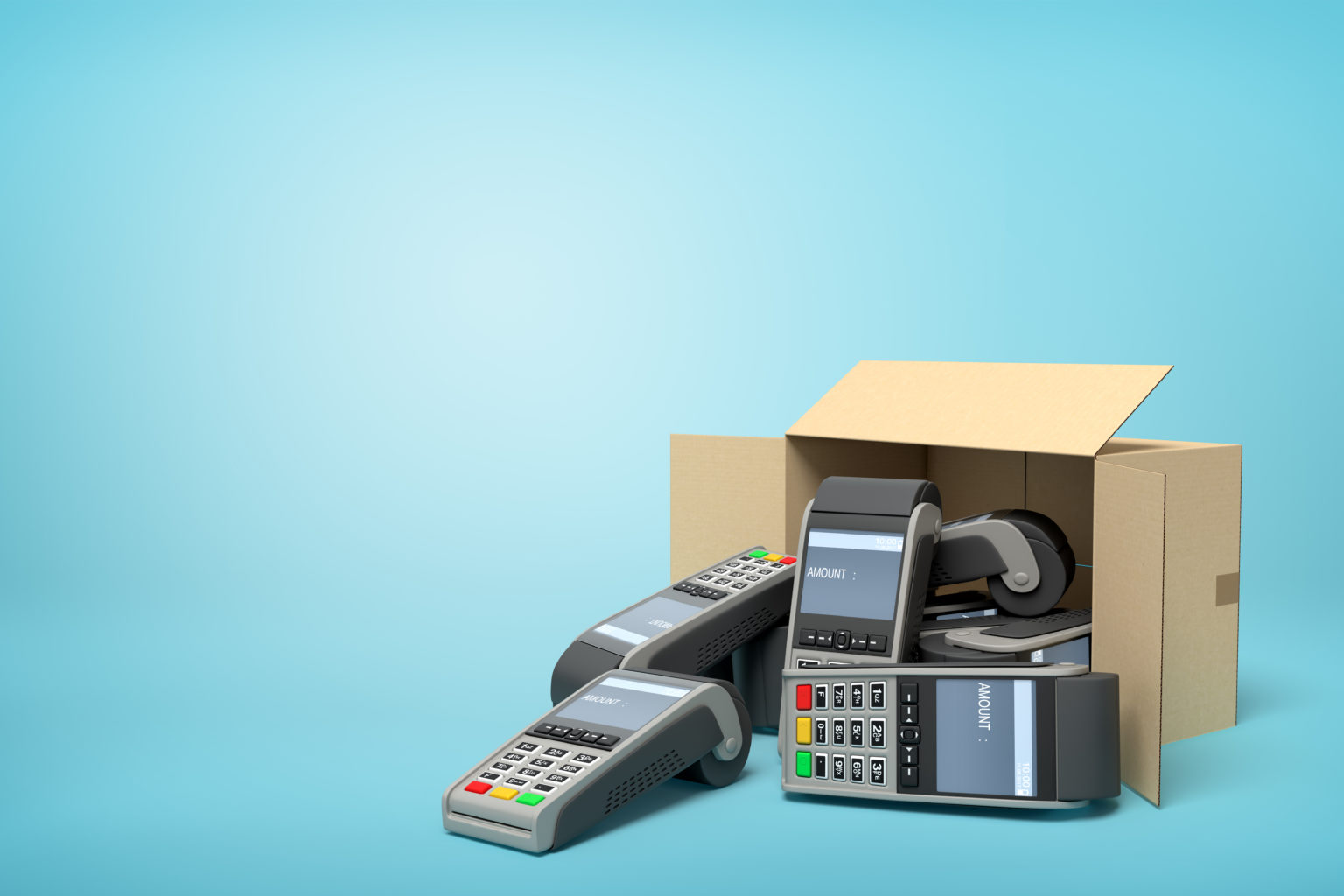A majority of retailers continue to use the POS system only to ring up sales. But with advancements in data analytics, retailers can go beyond using it as a mere tool for completing transactions and use the valuable data captured by this same system to up the game.
Most modern POS systems can throw light on metrics such as sales, customer profile, profit margins, and inventory, including helping with marketing efforts, too.
Maximize your retail sales using our POS analytics
In this post, we are going to tell you about at least 5 areas in retail wherein you can use your “cash register” data to maximize business, including in retail marketing.
But before that, do understand that today’s Point of Sale (POS) solutions can get to be as sophisticated as you want them to be. An integrated POS terminal can double up as both – a countertop and a smartphone unit.
These sophisticated POS systems come equipped with features designed to capture all kinds of data to boost sales. So, if you are a retailer, even one without an online presence, you need to invest in one.
At the same time, while a POS does capture all that critical data, a retailer may not necessarily be seeing the “larger” picture.
What this means is that it is not enough to just capture data. In order to leverage that data, retailers must deploy POS analytics leverage it in their day-to-day operations.
POS analytics means the deployment of a set of analytics and business intelligence tools to help you make data-driven decisions to improve your retail margins.
Here are 5 Ways You Can Use POS Data to Drive Retail Growth
To Get Customer And Product Insights
Insights from past outcomes help you shape promotional pricing strategies. POS data helps you gain very specific insights on consumer behavior and the extent of popularity of products.
It helps a retailer track which consumers prefer which items, and how often do they buy them. What POS analytics does is to give a retailer the history of orders as well as the trends in sales for every product in the store.
Once you analyze a particular customer or group of customers’ purchase habits, a retailer can scientifically forecast and plan for the future. This data can then inform how to price and promote products or services to generate more revenue, and how to optimize the supply chain.
Using POS analytics, retailers can identify their most successful products, and also continuously refine their product line.
To Upsell and Cross-Sell
Retailers who do business online and offline need to combine data from both to have a complete picture of their customers’ shopping journeys. This form of analytics can be used to pair fast-selling products with either free (promotional) or paid products that compliment each other.
From the product sales data. When you match a customer with the product sales data, it tells you, among other things, what are the products that the customer frequently buys.
You can then put in a spot offer on a complimentary product and offer it only to that customer, in real-time. For example: if Mary Doe is often buying milk, you may then offer her a brand of cheese at a reduced price rate. Or, you can even try and position another brand of milk itself, at a lower cost to Mary.
Insights into such trends allow a retailer to make such decisions on individual customers.
Improve your retail performance using our POS analytics
For Inventory Control
All of the above helps keep tabs on your stock count, even in real-time. Even today, it is found that many small and mid-sized businesses either do not track their inventory or rely on a manual stock-taking process.
Inventory control is a critical part of any retail operation, and poor management can quickly run up losses. To implement effective inventory management, retailers need to automate the process. This is where POS analytics helps.
A modern POS solution gives you details like the number of products in stock, manage returns, the rate of purchase, and so on. Use this analysis to get your inventory control right, and in real-time.
A POS helps retailers track items every step of the way – from the time it enters the store to the time it is bought (or not). Not only does this allow a retailer to make scientific decisions while forecasting, purchasing, and ordering, more importantly, the POS data helps ensure that the stock levels are optimized.
You need to have the right products at the right time in your inventory to achieve business success. What’s more, as your retail business grows, so does inventory complexity. This means retailers need to have a POS system that tracks not only transactions but the inventory at the store and even warehouse levels.
If you want to be even more sophisticated, your inventory information can even be linked to your vendors. Such a “smart” system means the vendor will replenish to demand as and when the product is about to run out, requiring minimum human intervention.
For Effective Marketing and Sales
Based on individual customer likes and dislikes, POS analytics enables personalize promotions.
Point of Sale (POS) data can help in two ways: how to price and promote products, and how to position them. It will help you understand which products to promote or remove from the shelves.
Whether shopping online or in a real store, customers now expect a personal experience. The POS data helps retailers provide that by using data analytics to learn of their customers’ needs. This, in turn, means it helps retailers increase customer lifetime value.
Help make business decisions scientifically
You would never have thought of it in this way but PSO analytics helps deliver insights in almost every aspect of your retail business, and thus, help improve them scientifically.
Not only customer-facing, it helps retailers resolve “behind-the-scenes” operations problems like deleting inefficiencies in the system, identifying opportunities, and standardizing processes.

In conclusion:
A point of sale terminal is no longer a simple till machine. Technology has converted it into a powerful tool and a must for every retail business today. Because of its ability to capture data, it is a vital instrument for retailers to maximize the information to enhance customer experience, anticipate demand and optimize stock, and more, all of which eventually boost business.

